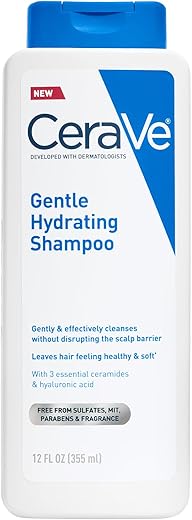
How to Pick the Perfect Shampoo for Your Hair Type in 6
Find Your Perfect Shampoo — Fast
Skip the hype and find a shampoo that actually works for your hair: a quick roadmap to identify your hair type, decode ingredients, match formulas to concerns, read labels smartly, test samples, and adjust routines to get real results FAST.
What You'll Need
Choose the Perfect Shampoo: Simple Tips for Tomorrows Hair
Identify Your Hair Type
Are you sure it’s 'dry' — or just thirsty? Nail this first and everything else gets easier.Observe and record three things: your hair’s natural oil level (scalp vs. lengths), its texture (fine, medium, coarse), and its porosity (how quickly it absorbs and releases water). Check how long your hair stays oily after washing, whether it frizzes in humidity, and how it responds to heat and styling. Don’t confuse product buildup with natural oiliness—try co-washing or a single clarifying wash first.
Take photos in natural light and jot down patterns: shedding, breakage, limp roots, or dry ends. This honest self-audit guides whether you need gentle moisturizing, protein repair, volumizing, or scalp-focused care.
Understand Common Shampoo Ingredients
Why SLS, silicones, and proteins matter — frighteningly simple chemistry you can use.Learn the ingredient families that actually change results. Scan labels with these roles in mind and match them to your hair audit.
Prioritize ingredients by whether your audit is scalp-first, strand-first, or both.
Match Shampoo to Hair Concerns
Frizz, flatness, or flakes? There’s a bottle that fixes it — pick the right target.Map your top three problems to the shampoo type that fixes them. Pick one primary concern and match ingredients below.
Read Labels Like a Pro
Stop trusting pretty packaging — decode every claim and spot the real benefits.Turn the bottle around. Read the ingredient list — ingredients are listed by concentration, so those at the top matter most.
Ignore marketing buzzwords like “natural” or “organic” — they don’t guarantee gentleness. Note that “sulfate-free” helps color- or moisture-sensitive hair but may not suit very oily scalps. Look for clear concentration cues like “mild surfactants” or named actives (e.g., decyl glucoside, ketoconazole) for specific scalp issues. Check pH claims — a slightly acidic shampoo (around pH 4.5–5.5) helps close the cuticle.
Watch for these label signals:
Try a known-brand alternative or request a sample first if the label hides ingredients or uses vague terms.
Test and Trial Method
A 3-week experiment beats a 30-second decision — here’s how to fail fast and succeed sooner.Use a new shampoo for at least three full wash cycles (about 2–3 weeks) before judging. Start with sample sizes or travel bottles so you don’t commit to a full bottle.
Track simple, observable cues every wash:
Consider a clarifying wash or switch to a milder formula if you get buildup or stiffness after two weeks. Follow recommended durations for medicated shampoos and stop if irritation appears. Keep a short log — it helps compare products and prevents impulse repurchases.
Adjust Routine and When to Seek Help
Not every problem solves with a bottle — here’s when to escalate and smart tweaks that actually work.Adjust your routine gradually: tweak wash frequency (e.g., every other day vs. every 3 days), swap lighter conditioners on oily weeks, and rinse with cooler water to boost shine.
Fine-tune frequency, pairing, and technique: concentrate shampoo on the scalp, condition mid-lengths to ends, and use cold water rinses to seal cuticles. Rotate clarifying and moisturizing formulas seasonally or after styling-heavy periods. If you experience persistent itch, severe flaking, sudden hair loss, or adverse reactions, consult a dermatologist or trichologist — these can signal medical conditions. Consider professional treatments for chronic damage (deep protein treatments, in-salon bond builders) and use salon-grade products only if they align with your hair needs. Small routine tweaks often yield big improvements.
You’re Ready — Wash Wisely
Choosing the right shampoo is a small habit with big payoff: use your hair audit, decode ingredients, test thoughtfully, and adjust routines—your hair will thank you, and enjoy healthier, happier hair every day; are you ready to make a switch?

Hello! I’m Ava Wilson, a passionate advocate for healthy, beautiful hair. With years of experience in the hairstyling industry and a deep-rooted love for all things hair, I’ve made it my mission to share valuable insights and expert tips on nurturing and styling locks.
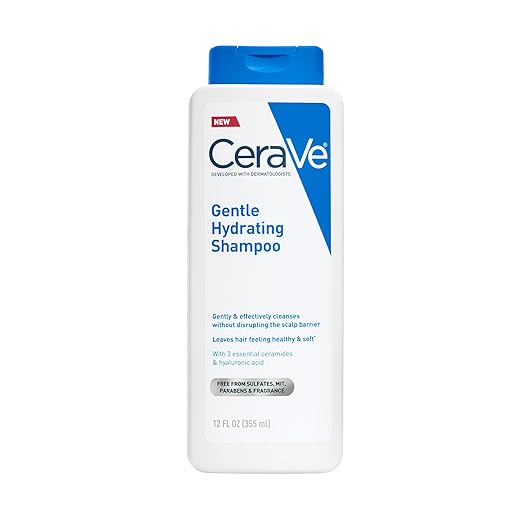

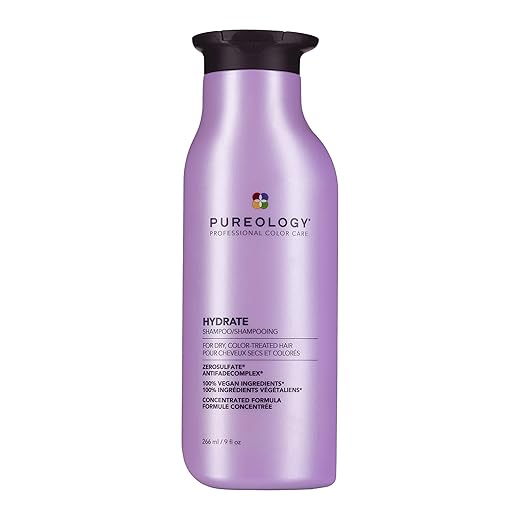
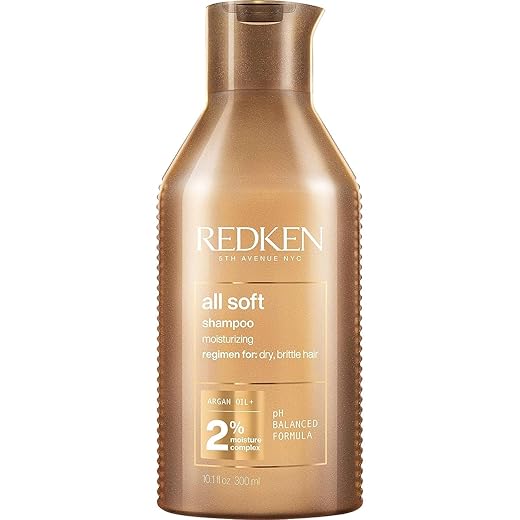
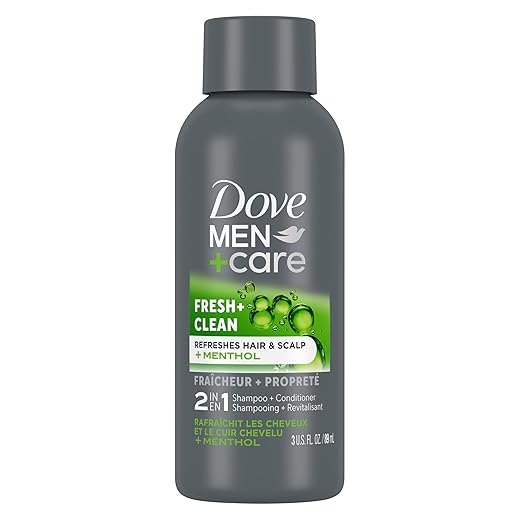
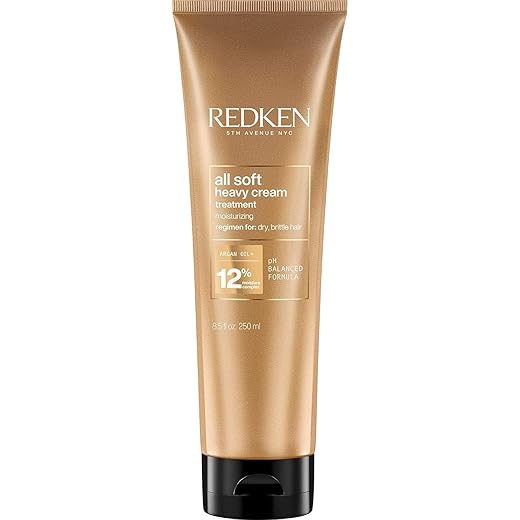
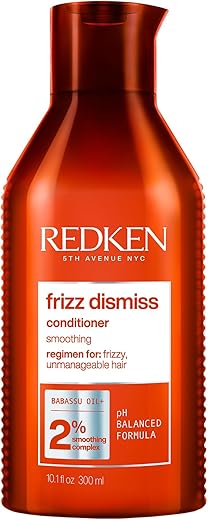

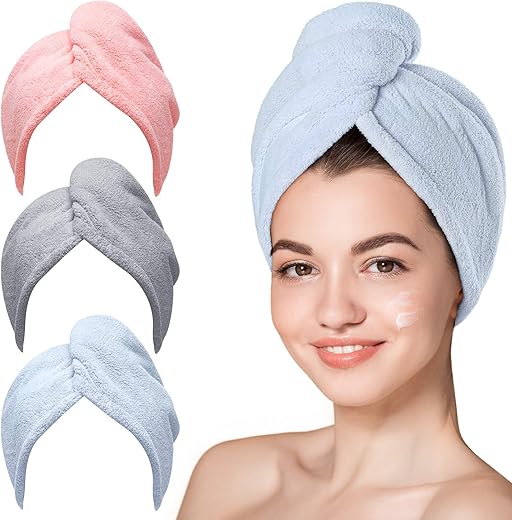
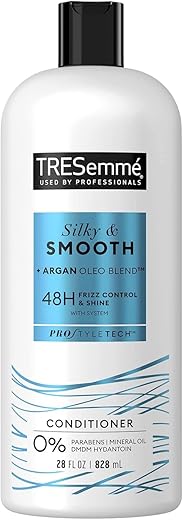
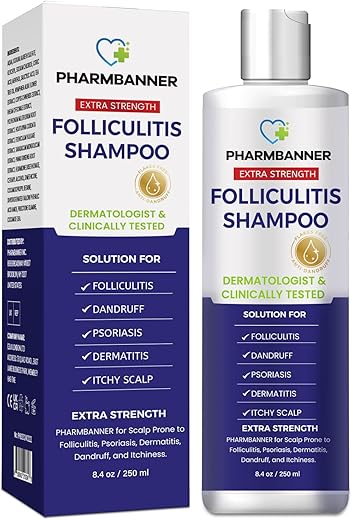

Loved section 2 on ingredients. I had no idea what ‘decyl glucoside’ was before — sounds like a sci-fi character 😂. The label-reading tips are actually actionable, not just ‘read the label lol’.
Agreed. The guide made me stop buying whatever smells best and start scanning ingredient lists. Huge difference.
Same here — once you know the ingredients, shopping becomes less of a gamble.
Haha decyl glucoside does sound sci-fi. It’s actually a gentle, plant-derived surfactant — good for sensitive scalps. Glad the label tips were helpful!
This guide was super clear — loved the ‘Find Your Perfect Shampoo — Fast’ tip. I always skip to shopping and end up with limp hair 😅. The ingredient breakdown helped me spot sulfates vs. gentle cleansers. Quick q: if my scalp is oily but ends are dry, should I use two different shampoos or alternate? Thanks!
Great question, Sarah — alternating is usually the best bet. Use a clarifying or balancing shampoo on oily days and a hydrating one when your ends need TLC. You can also try a gentle co-wash for mid-week refreshes.
I alternate too. Clarifying once a week and a moisturizing one every other wash. My scalp stopped freaking out after that.
Short version: if your hair frizzes, get something with humectants and avoid heavy silicones? Am I oversimplifying?
Also consider water hardness where you live — hard water + humectants can sometimes make frizz worse. Rinse with cold water? idk 😂
Not oversimplifying — that’s a good rule of thumb. Look for glycerin, panthenol, hyaluronic acid (in hair products), and lighter silicones or non-silicone formulas if build-up is an issue.
Quick tip for anyone buying online: check the return policy before you commit. I once bought a pricey ‘miracle repair’ shampoo and had to return it because it left residue. Most stores have 30-day returns which saved me $$$.
Amazon Prime samples are a godsend for trying brands.
Smart move, Robert. Also look for trial sizes or travel sizes — great for the Test and Trial Method without wasting money.
Stores like Sephora let you get small samples too — check in-store.
Yes to trial sizes. And if something smells overwhelmingly perfumed, it’s probably hiding something — returns galore for me.
Okay real talk — step 4 ‘Read Labels Like a Pro’ made me feel fancy, but those ingredient lists are still intimidating. Any quick hacks to spot ‘bad stuff’ without memorizing a chemistry textbook?
Quick hacks: 1) Look at the first 5-7 ingredients — they’re the ones used most. 2) Watch for ‘sulfate’ keywords (SLS, SLES) if you want gentler wash. 3) If you see ‘fragrance’ listed alone high up, that can be a problem for sensitive scalps. 4) Use apps to scan labels and highlight red flags.
Also, if the bottle screams ‘miracle’ or ‘detoxes’ in huge font, be skeptical. Marketing > ingredient truth most of the time.
Minor gripe: the guide could’ve had a quick chart for common conditions (dandruff, color-treated, thinning) and recommended ingredient types. Still super useful tho — saved me from a pricey bottle that made my color fade.
Yes please! A one-page cheat sheet would be perfect for in-store shopping.
Thanks for the suggestion, Jason — a condensed chart would be a great addition. I’ll pass that along for a future update.
Maybe we can crowdsource a mini-chart in the comments? I’ll start: color-treated = sulfate-free, protein balance.
This is random but: the section ‘Adjust Routine and When to Seek Help’ should have emphasized seeing a dermatologist for sudden hair loss. I ignored mine for months and it got worse. PSA: not everything is fixed by a fancy shampoo.
Good reminder. I thought mine was seasonal shedding but it was telogen effluvium after a stressful period — doc helped a lot.
100% agree. If you notice sudden or severe hair loss, persistent scalp inflammation, or heavy flaking that doesn’t respond to OTC options, see a dermatologist. Shampoos help many issues but not everything.
Thanks for sharing, Priya. I’ll book an appointment if things get weird — better safe than sorry.
Long read but worth it. I tried so many shampoos in my 20s because I thought more cleansing = cleaner hair. Nope. This is the part where they should’ve taught this in school.
Anyway, anyone else react badly to ‘tea tree’ even though it’s for scalp issues? My head itches like crazy now whenever I use it. Help pls.
I had the same issue — tried a tiny patch behind my ear, it went red in a day. Now I avoid essential-oil forward products.
Tea tree can be irritating for some people. If it causes itching, stop using it and switch to gentler antifungal actives like zinc pyrithione or selenium sulfide (for dandruff). Patch test new products on your inner arm next time.
I tried the ‘Test and Trial Method’ from section 5 and it actually works. I committed to a bottle for 3 washes and tracked how my scalp reacted. Pro tip: keep a little notebook or notes on your phone with product + result. Saved me from buying multiple full bottles.
Yes! Tracking changes is super helpful because hair can react after a few uses. Glad it worked for you.
I just use sticky notes on the bottle 😂 but same idea.
This. I used spreadsheets for a while (nerd alert) and noticed patterns by week 2.